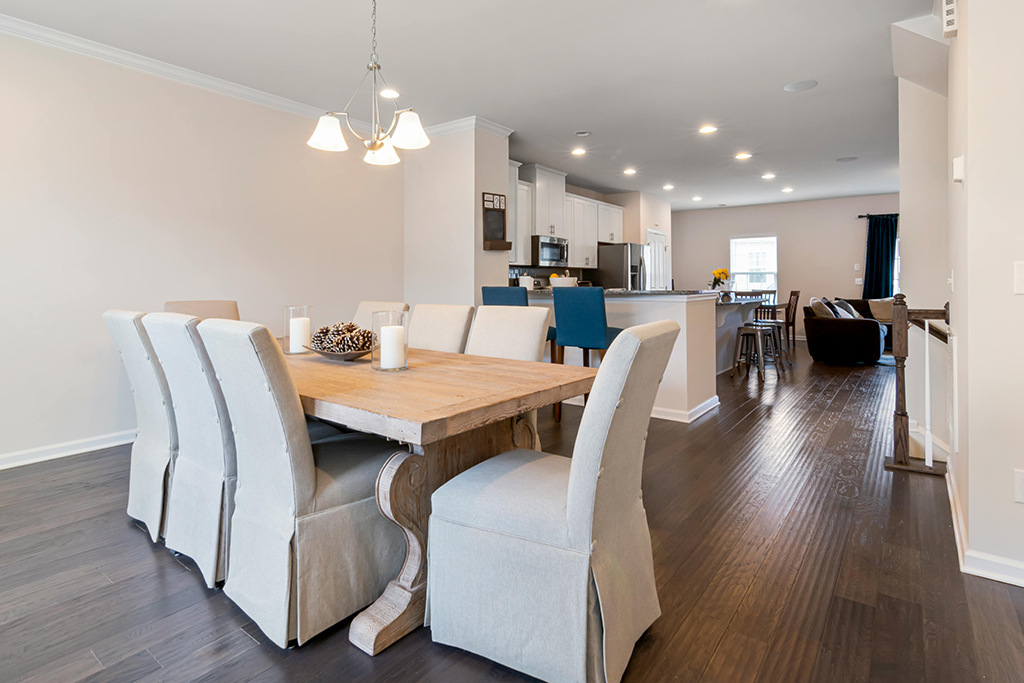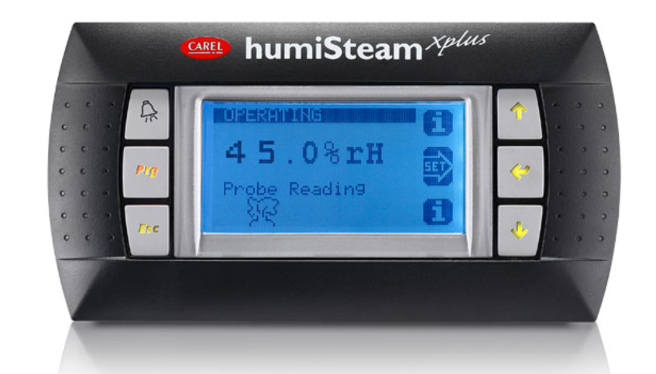Hardwood floors are a popular choice due to their elegance and comfort. However, it is important to keep them in good condition. Unpredictable heat and humidity can cause floors to degrade. To get the most out of your hardwood floors, create the ideal environment in your home.
High humidity is one of the most common causes of wood rot, as most of us are aware. Moisture in the air can cause wood fibers to expand and become less stiff. Wooden floorboards that are exposed to too much humidity may decay, harming your foundation and walls.
Low humidity levels, however, can also be detrimental. In dry regions, wood can shrink and become brittle. Sustaining optimal humidity and temperature levels is crucial for maintaining the optimal condition of your floor.

The Impact of Humidity on Hardwood Flooring
Because wood is hygienic, moisture can be absorbed and released from it. Wood expands as a result of absorbing moisture from the air when humidity levels are high. On the other hand, low humidity causes wood to release moisture and compress. The following problems may arise from this natural process:
Cupping: A condition in which the margins of wood planks are higher than the center; usually brought on by an abundance of moisture on the boards’ underside.
Crowning: When a wood plank’s center is higher than its edges, it is called crowning, and it is typically caused by an abundance of moisture on the top surface.
Gapping: When there are observable spaces between the boards, this is usually the consequence of the wood contracting due to low humidity.
Another crucial issue is that wood’s moisture content is directly proportional to the humidity level in the surrounding environment. Wood with a high moisture content is more vulnerable to harm, whereas wood with a low moisture content might become brittle and shatter. Maintaining a consistent humidity level helps to balance the wood’s moisture content, maintaining its lifespan and stability.
How to Manage Humidity
Your flooring’s ideal humidity and temperature will vary depending on the sort of wood you have. Hardwood floors, however, like temperatures and humidity levels between 35% and 45% at room temperature (around 65 degrees Fahrenheit). It may be necessary to take a few extra steps to maintain a constant interior atmosphere, depending on where you reside.
In case you live in a dry region, just like the Southwest, you ought to consider contributing to a humidifier. Advanced humidifiers have programmable settings that sense and naturally alter to preserve reliable relative humidity levels. As a reward, humidifiers can offer assistance with respiratory conditions in dry places.
So also, a dehumidifier for damp ranges may be a great thought. Dehumidifiers drag dampness out of the discussion, keeping things clean and dry. You’ll also program dehumidifiers to turn on consequently once stickiness surpasses a set level.


